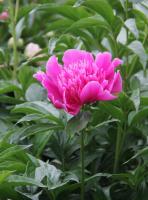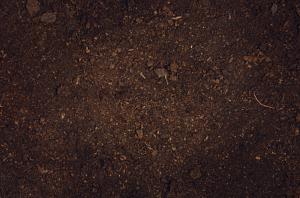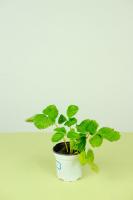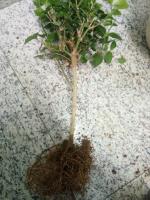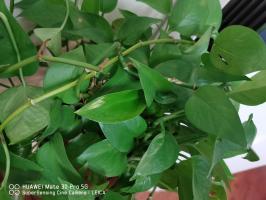Why Does Plant Leaves Turn Yellow?
Plant leaves turning yellow is a common problem for many gardeners. It's important to understand the underlying causes for this, as it can mean the difference between a healthy plant and one that is struggling to survive. In this article, we'll explore some of the reasons why plant leaves turn yellow, and what you can do to prevent it from happening.
Nutrient Deficiency
One of the main reasons why plant leaves turn yellow is due to a lack of nutrients. Certain essential elements, such as nitrogen, magnesium, and iron, are needed for plants to thrive. When a plant lacks these nutrients, it can result in leaves turning yellow. This is because the plant is unable to produce enough chlorophyll, which is necessary for photosynthesis to occur.
If your plants are suffering from a nutrient deficiency, it's important to identify which nutrient is lacking and correct the issue. This can be done by adding fertilizer or amending the soil with the necessary nutrients. In some cases, it may be necessary to apply the fertilizer directly to the leaves of the plant through foliar feeding.
Watering Issues
Another common cause of plant leaves turning yellow is due to watering issues. Overwatering can saturate the soil and lead to root rot, which can prevent the plant from absorbing the necessary nutrients. This can result in yellow leaves that eventually fall off. On the other hand, underwatering can cause the leaves to turn yellow as well. In this case, the plant is not receiving enough water to replace what is lost through transpiration.
To prevent watering issues, it's important to water your plants properly. This means watering deeply and infrequently, allowing the soil to dry out slightly between watering sessions. It's also important to ensure that your plant is growing in well-draining soil to prevent water from pooling around the roots.
Pest Infestation
A pest infestation can also lead to yellowing leaves in plants. Certain insects, such as spider mites, aphids, and whiteflies, can sap the nutrients from a plant, causing the leaves to lose their green coloration. In addition to turning yellow, the leaves may also curl, wilt, and drop off.
If you suspect that your plant is suffering from a pest infestation, it's important to identify the type of insect and take appropriate action. This may involve removing the affected area of the plant, spraying with an insecticide, or introducing natural predators to the area.
Conclusion
Plant leaves turning yellow can be a frustrating problem for any gardener. Thankfully, there are several ways to prevent this from happening. By ensuring your plants are getting the necessary nutrients, watering them properly, and protecting them from pests, you can keep your garden looking healthy and vibrant. Remember, prevention is key when it comes to issues with yellowing leaves, so be proactive in taking care of your plants.

 how many times do yo...
how many times do yo... how many planted tre...
how many planted tre... how many pine trees ...
how many pine trees ... how many pecan trees...
how many pecan trees... how many plants comp...
how many plants comp... how many plants can ...
how many plants can ... how many plants and ...
how many plants and ... how many pepper plan...
how many pepper plan...
